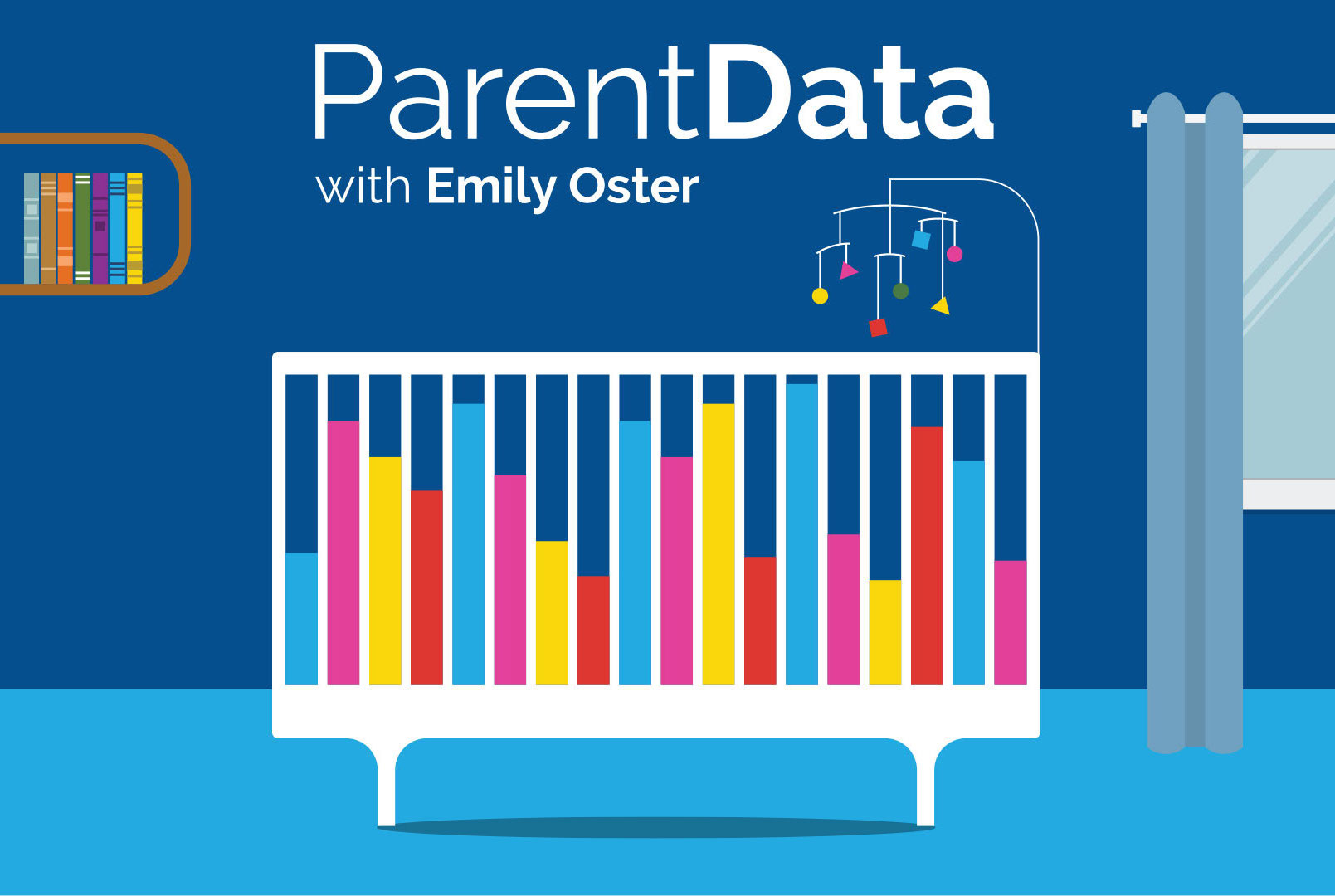In over a decade as a full-spectrum doula—someone who supports people through the entire spectrum of reproduction, including fertility, pregnancy, loss, abortion, birth, and postpartum—I’ve gleaned countless insights into the postpartum experience. However, one observation stood out vividly even before data and science caught up: the profound change in women’s relationship with their own bodies and desires postpartum.
I recall a particular client who confided in me her sense of exhaustion. It wasn’t just physical tiredness. Sometimes she felt too drained even for a shower, let alone to entertain thoughts of being sexual. This was a woman who, before motherhood, had a vibrant sexual energy and a deep connection with her body, even during pregnancy. But postpartum, she felt detached from herself. “I just don’t feel like my body is my own,” she admitted. The endless cycle of feeding, changing, burping, and maintaining constant proximity to her baby had eroded her ability to assess her needs, impacting not only her but also her relationship with her partner. She struggled to communicate this shift and to find ways to address it.
In the initial year of parenting, the whirlwind of new responsibilities often leads to intimacy being deprioritized. There is typically a natural decline in sexual frequency and satisfaction among new parents. Many parents, especially mothers, overwhelmed by the demands of caregiving and recovery, experience being “touched out.” This state, where your body—constantly in service to another—longs for personal space, is more common than is often acknowledged.
If you’re feeling touched-out and the thought of sex seems overwhelming right now, that’s perfectly normal. When you’re ready, sex will be there. But for those yearning to rekindle and reconnect but unsure where to start, I’d like to introduce you to an approach called “titrating contact.” It’s a simple way to help you and your partner gently find your way back into each other’s arms.
The concept of titrating contact
The titrating-contact approach is about a gradual reintroduction of physical contact, focused on adjusting the “dosage” of touch. It’s designed to avoid overwhelming either partner, instead rekindling desire and reconnection. Start with low-contact strategies and gradually move to high-contact strategies as comfort and readiness allow.
What are some low-contact strategies?
- Tandem non-sexual movement: Engaging in activities like walking, dancing, or stretching together serves as a gentle reconnection tool. These activities foster a sense of togetherness and synchronization without the pressure of sexual intimacy. They can be especially therapeutic, offering a way to unwind, reduce stress, and physically reconnect in a relaxed setting.
- Hugging: A simple yet powerful form of connection. This can help build trust and emotional closeness, acting as a bridge to more intimate forms of physical touch.
- Skin-to-skin contact: Often celebrated for its benefits between parents and newborns, skin-to-skin contact holds equal significance for partners. The act of sleeping partially nude or engaging in gentle, direct skin contact can serve as a tool to rekindle physical closeness and emotional warmth. It fosters a sense of security and deepens the bond, reminding both partners of the shared connection that extends beyond their roles as caregivers.
- Erotic audio and solo exploration: Delving into the world of erotic audio stories offers a uniquely intimate experience, sparking desire through the power of imagination and narrative. It awakens the senses, paving the way for a deeper exploration of personal sexuality. Gradually incorporating solo masturbation as part of this journey can be empowering. It’s not just about physical pleasure but also about reclaiming a sense of self and sexual identity, taking gentle steps toward rekindling a connection with one’s own body and desires.
What are some high-contact strategies?
- Kissing: Moving beyond a quick peck to more prolonged kissing can stimulate arousal and emotional connection. It’s a step up in intimacy that can be both comforting and exciting.
- Massage: More than just relaxation, massage can be a form of non-verbal communication, conveying care and affection while easing physical tension.
- Mutual masturbation: This can be an intimate experience that allows partners to explore each other’s bodies and preferences without the pressure of full intercourse.
- Oral sex: Approached with open communication, it can be an intimate act that deepens trust and connection, allowing partners to explore pleasure in a different context from penetrative sex.
- Penetrative sex: When you both feel ready, reintroducing penetrative sex involves not just physical readiness but also emotional preparedness. Emphasize a slow and communicative approach, focusing on comfort and mutual enjoyment.
Addressing your sensory needs
It’s also important to recognize a lesser-explored yet commonly occurring factor contributing to feeling touched-out: sensory overload. The heightened stress of early parenthood can lead to increased sensory sensitivity, creating barriers to intimacy. Addressing sensory needs can help interrupt the cycle and create more space for more connection. Consider these sensory strategies along with the high- and low-contact strategies.
- Discuss touch preferences: Delve deeper into what specific types of touch feel soothing or uncomfortable. This could involve discussing preferences for light versus firm touch, areas of the body where touch is more or less comfortable, and even the context or timing of physical contact.
- Create comfortable environments: Adjust environmental factors like lighting and sound to reduce sensory overload, and think about other factors like room temperature, fabric textures (in clothing and bedding), and even scents. Optimizing these elements can make a significant difference in feeling at ease and open to intimacy.
- Carve out space for personal hygiene: In the whirlwind of early parenting, it’s easy to neglect personal needs, including hygiene. However, dedicating time for a shower or a long bath can significantly alleviate sensory overload. These moments of self-care not only refresh the body but also provide a mental respite from the sensory demands of parenting. They’re essential in resetting your sensory thresholds, helping you feel more grounded and open to intimate connections.
Remember, relationships and intimacy are dynamic, ever-changing facets of our life. Whatever stage you’re at will call for patience, understanding, and a willingness to adapt to each other’s evolving needs. I hope these strategies help you navigate what can be a complex period with empathy, curiosity, and strategic tools that bolster your connection.
Community Guidelines
















Log in